by Marshall Goldsmith
John Fleming and Jim Asplund are the co-authors of Human Sigma: Managing the Customer Encounter. They believe that when it comes to human systems – a company’s employees and their relationships with customers – businesses have dropped the ball. Their view is that by moving the customer experience away from face-to-face, bricks-and-mortar channels and into call centers (BusinessWeek, 09/27/07) and Internet sites, companies have ripped the soul out of business. John and Jim contend that companies can put people back in business while simultaneously increasing value and profit (BusinessWeek, 10/25/07).
My undergraduate degree is in mathematical economics. In my work as an educator and coach, I always believe in measuring positive change in human interaction. I love John and Jim’s idea of increasing the application of measurement in the human dimension. Here are some edited excerpts from a recent e-mail interview with them.
What is Human Sigma, and why do companies need it?
The Human Sigma approach combines a proven method for assessing the health of the employee-customer encounter with a disciplined process for improving it. It is based on five new rules to bring excellence to the way employees engage and interact with customers. Companies that follow these principles are outpacing their competition by 26% in gross margin and 85% in sales growth.
How much of your thinking on Human Sigma is owed to Six Sigma?
Well, our answer to that is some. There are some really good conceptual ideas that Six Sigma brought in terms of how to focus an organization on improving itself. But remember that Six Sigma was developed in a manufacturing context, and the role of people was relatively small, 10% or so. Our argument is essentially that business leaders have not focused on people, and our rationale is they haven’t done so because it’s hard. People are the hardest thing to fix. So Human Sigma was developed as a response to the lack of effectiveness of Six Sigma methodology for increasing productivity from people.
It seems it would be difficult to measure human interactions in a scientific way. Can you tell us how that is done?
The act of measuring itself is quite simple: Ask the people involved in an interaction how it made them feel. This simple activity is based on a large body of scientific research about what to ask them, how to ask them, and why asking them works. The right questions are crucial. That is the expertise we have accumulated over a long period of time researching and consulting on the issues and from reviewing data from the millions of employees and customers we have interviewed.
If it is clear from the research that employees hold the key to raising profits and value in a company, why is it that management has been traditionally inept at measuring and managing them?
We have only learned how to measure this accurately in the past 10 to 15 years, so part of the problem has been a simple lack of reliable metrics. This inability to measure engagement also prevented the accumulation of the data needed to build a solid understanding of how to engage employees.
Now that we have a considerable amount of data, it has also become clear that many of the assumptions companies have made about their employees have simply been wrong. For example, there has been a tendency on the part of many executives to value control over quality by scripting employee behaviors when they interact with customers. These executives view employees as mistakes just waiting to happen, as impediments to doing business, and as costs to be minimized. It is difficult to engage an employee who knows that he is viewed as a costly nuisance at best by the organization’s leadership.
Why are people so hard to deal with?
There are a couple of good reasons. If you buy a tractor or a furnace, you know what you’re going to pay for it, how it’ll depreciate, where it goes in the system, what the maintenance costs are likely to be, and roughly when it will quit. If it melts steel or pulls a load at a given rate today, it’ll do the same or very close to that tomorrow.
People, of course, meet none of those conditions. They’re unpredictable, both in ways that you might appreciate and ways that you don’t appreciate. So because people – employees and customers – are much more unpredictable than machines, they can’t be managed or directed in prescribed ways. That makes for a lot of work.
Once you have learned to measure this employee-customer encounter, how can a company work to improve it?
Sustainable improvement in the employee-customer encounter requires disciplined local action coupled with a company-wide commitment to changing how employees are recruited, positioned in roles, rewarded, recognized, and, most important, how they are managed.
In your book, you said the employee/customer encounter is the new factory floor. How did you mean that?
If you contrast manufacturing environments with service economy environments, you need a new definition of value creation for a service economy. The definition that we landed on was that value is created when an employee and a customer come together and they interact. And that’s different from manufacturing, where you create value by making a product that is ready to be sold. Creating value in a manufacturing context is fairly straightforward. If you have a lot of broken products, you have problems. If you have no broken products, no poor-quality products, then your business can flourish. In a service business, so much more is focused on the interaction that your employees have with your customers that you need a new set of tools to evaluate how well you’re doing in that space.
Does Human Sigma apply to noncustomer-facing employees?
Certainly. Think of the guy on the loading dock who may not ever talk to the customer, but if he drops your TV before he loads it on the truck, or if he takes an extra three days to get it to the store, all those things have implications for customers whether that employee ever talks to them.
Can our readers reach you?
Yes, you can contact us at authors_humansigma@gallup.com
Share this:


